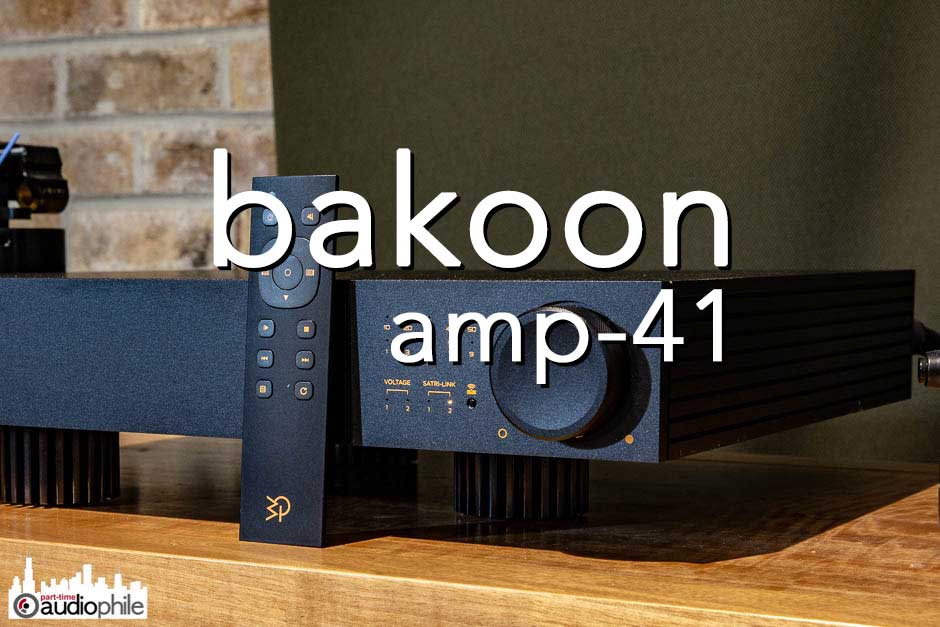
The Bakoon Amp-41 integrated amplifier was a mystery to me. As in “no preconceived notions” whatsoever. Sometimes, we get to evaluate gear that has been reviewed to death by the major players, talked about incessantly in the back corridors of the audio chatrooms, and the like. It’s fun, but like it or not, I feel like I know more than I want to about the product before I ever get to hear it for myself. My initial thought when Scot Hull handed me this amp was something like “Bakoon? What the heck is that?”
So… What is a Bakoon anyway?
I think one climbed into my garbage can and woke me up the other night. Seriously though, Bakoon International (website) is a Korean-based high-end audio company that cross-pollinates with collaborators in countries like the USA and Japan. Quite international, really. The word “Bakoon” itself translates into something like “lucky dream.” I’ve gotten lucky in a dream once or twice.
There is no doubt that these guys like to do things differently, something that I really respect in the otherwise “me-too” world of high-end audio. The company produces a range of products that includes such items as amplifiers, headphone amps, and DACs. The key ingredient to all of these is the secret sauce: a technology known as the SATRI circuit. I read up a bit on it on their website, and you can too. Briefly, the circuit amplifies current instead of voltage according to a recipe that goes something like this:
- Voltage from the source component is converted to current
- Said current has gain applied to it by the secret SATRI circuit
- Amplified current is converted back to voltage and sent on its way.
This approach is quite different from most traditional amplification stages used in audio, as these work exclusively in the voltage domain, with current being something of a side gig. This SATRI stuff all seems quite Zen-like, but we know we must be patient and open-minded so that we can ultimately be rewarded.
The SATRI current gain circuit apparently offers several advantages to the listener. These seem to stem from a more clean application of gain in the current domain, which in turn translates into less time smearing, faster transient response, and improved purity of sound.
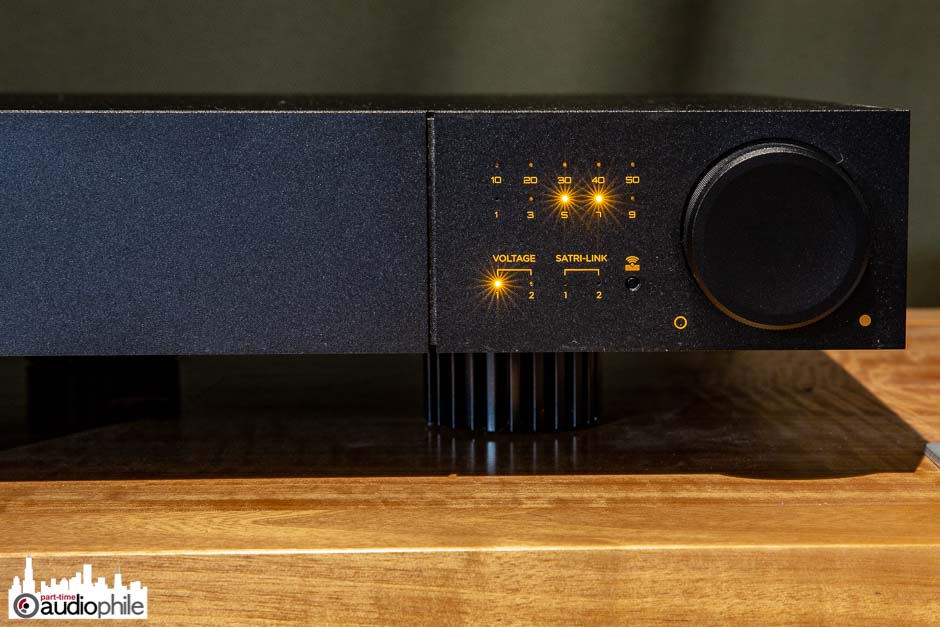
Introducing the Bakoon Amp-41
The Bakoon Amp-41 is the second-from-the-top model in the Bakoon line-up. The most expensive model is the Amp-51R, which is their reference amplifier, retailing for $19,500. It’s twice as powerful as the Amp-41 (100 watts per channel, as compared to 50 watts per side for the Amp-41), and obviously more expensive.
The Bakoon Amp-41 looks pretty nondescript at first glance. It’s a plain, black rectangular box sitting on three squat columns. It also sports a series of very small, non-irritating LEDs and a substantial volume knob on the front panel. Not bad looking, but it doesn’t exactly look like it ought to cost nine grand either. The weight surprises; the Amp-41 is a hefty little guy, weighing in at 15 kg. The back panel is simple: two sets of RCA (voltage) inputs, and two sets of BNC (current) inputs, as well as substantial plastic binding posts. I used the voltage inputs exclusively during my evaluation.
A small, cheap-looking remote control comes with the amp. I found it useful and intuitive, but underwhelming for a $9000 product.
I didn’t look under the hood, but published photos seem to show well-laid out circuit boards, a substantial toroidal transformer, and good build quality throughout. The amp runs to the hot side of warm, but not as hot as my First Watt amps.
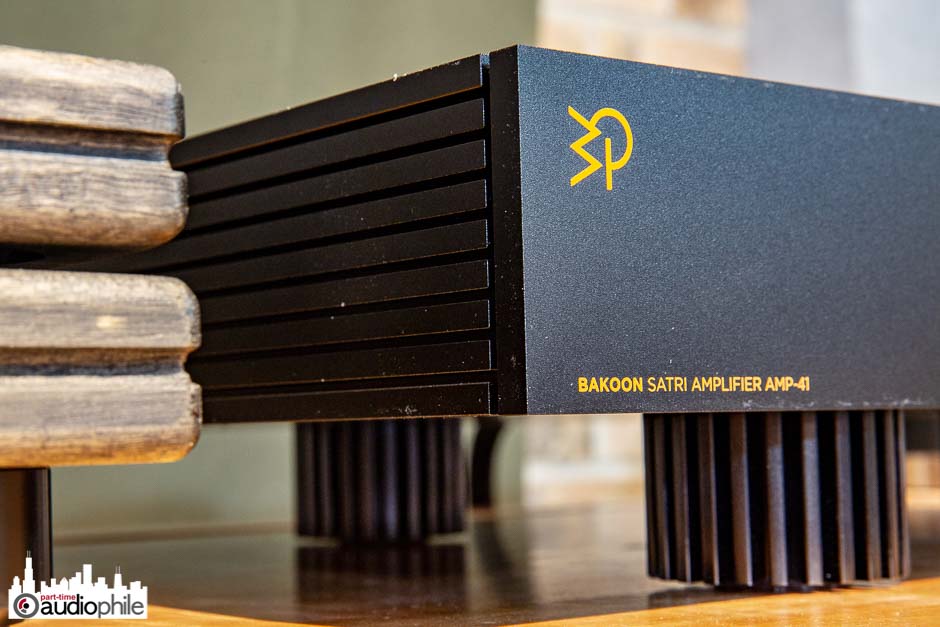
I heard a Bakoon by the light of the moon
We all love late night listening sessions. I’m talking about the kind when everyone else is asleep, there’s no traffic outside, and the refrigerator isn’t constantly running. It’s just you and the system, chugging along in perfect harmony. It was in exactly this situation that the Bakoon Amp-41 and I first really connected.
I started out by running the amp in as part of my second system, fed by my old Lavry DA10 DAC. The Amp-41, in turn, drove a pair of efficient Omega Loudspeaker Systems Super Alnico Monitors (SAMs). A simple system, yes, but potent. I must like this Lavry DAC. It’s been with me for over 10 years, and that’s an eternity in the world of digital audio. Ever so slightly wet and dark in tone, it mates well with most everything else I use.
It was late one night when I got this system put together. The windows were open, and outside of an occasional cricket chirp, my surroundings were dead quiet. I tossed on some familiar jazz, and that was it. I was done. Hooked and reeled in. The Bakoon Amp-41 had me in its clutches, and I couldn’t escape. Hour after hour (and album after album) crept by. I knew I needed to go to bed, but I just couldn’t pull myself away. What I was hearing was just so different from anything I’d experienced from reproduced audio before, and I just kept wanting to experience it in its newness.
So then, what’s the deal? In the simplest possible terms, it’s all about transparent immediacy. We’ve all heard reviewers speak of removing veils from recorded sound, as in getting closer to the real event. As in really hearing what the microphones actually captured. Many components seem to editorialize recorded music, often in ways that are pleasant to us. As an example, in my second system I typically use an old Cary Audio preamplifier and one of Dennis Had’s Inspire SET amplifiers. The combo, when played into the SAMs, sounds wonderful. Beautiful in fact. However, compared to the purity of the Amp-41, the Cary/Inspire combination brings to mind light maple syrup: tonally viscous and clearly flavored to the sweet side. In contrast, the Bakoon Amp-41 reminds me of high-quality mineral water, as in transparent, flowing, and with only a hint of flavor.
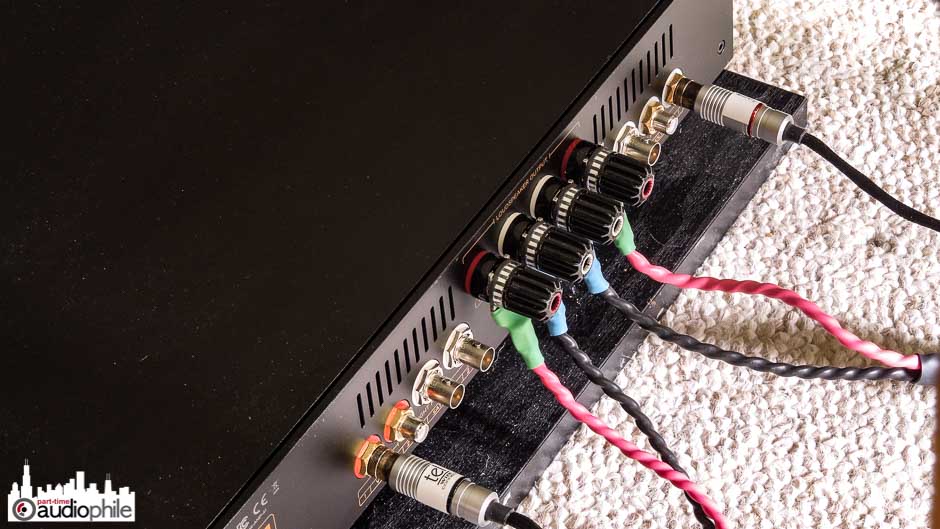
Everyone loves Bakoon
The Bakoon Amp-41 sounded so convincing in my second system that I didn’t want to move it out. This amp walks a narrow path, somehow remaining harmonically complex and convincing while emphasizing speed, pace, timing, and transparency to the source. I found this balancing act absolutely fascinating and sonically engaging. Choosing a new jazz album, Blue Dream by the Jamie Saft Quartet (RareNoiseRecords, 24/96 flac file, streamed via Qobuz), I can pinpoint the various strengths of the Amp-41.
The drum kit on Blue Dream was vivid, with exceptional depth of timbre. Cymbals seemed very well delineated within the soundstage, with lots of space surrounding them. The sax is clear and totally unfettered. This album is actually quite complex in its scoring, yet I was able to easily delineate space around each performer, such was the clarity of presentation. Even sitting at my desk, where the plane of the speakers is well behind me and to my right, I was amazed at the coherence and width of soundstage the off-axis system was presenting to me.
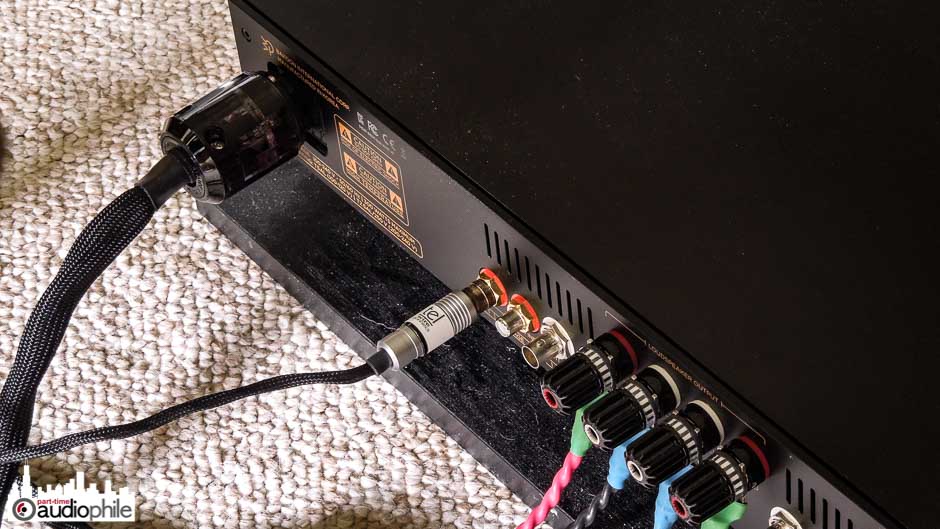
Go big or go home…
Moved over to my main system, the Bakoon Amp-41 most certainly brought its “A” game. I got the same sorts of results as in the second system, but just more of it: more presence, more transparency, more everything. Give the Amp-41 a great source and great speakers, and it will thank you over and over again.
The Bakoon amp had no issues at all driving my big ATC SCM 100 monitors. I heard plenty in the way of dynamics and tonal texture, though the bass might have been a bit softer and less extended than I hear with my big Pass Labs X250.8 amp (review here). Again, clarity and honesty to the source ruled the day. To that end, my digital sources round-robined between the excellent Bricasti M1 Classic DAC (reviewed here) and a new Crane Song Solaris Quantum DAC which is breaking in for evaluation. Both DACs are superb at their price points, and the Bakoon Amp-41 opened a transparent door through which I could easily pick up on minute differences between the two converters.
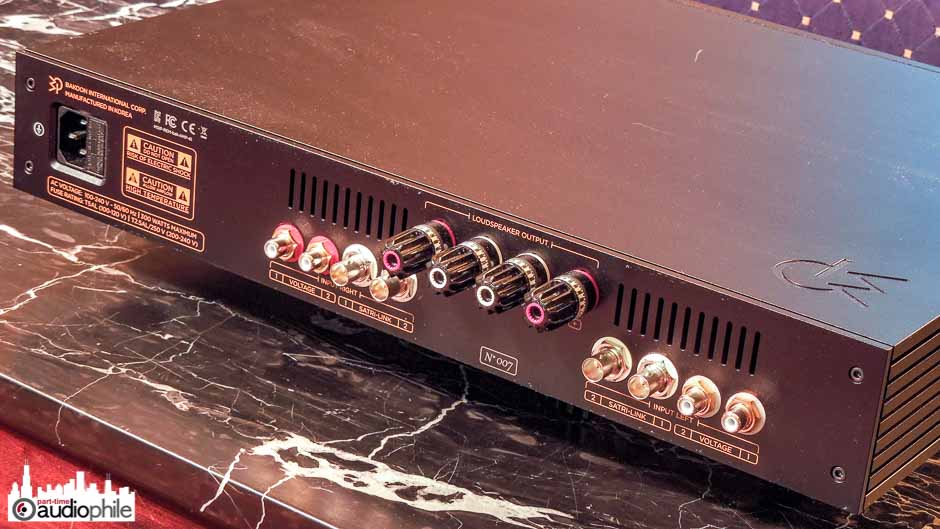
The buzz on Qobuz
Have I mentioned how much I’m enjoying music streaming via the French service Qobuz? Fortunately, this hi-resolution streaming service will be available shortly to all music lovers here in the States at a price competitive with my other fave, Tidal. One thing I like about Qobuz is that it seems to specialize in classical and jazz releases, mostly in high-resolution formats (up to 192 kHz/24 bit). But no MQA, if that matters to you.
 I’ve been having a ball checking out new jazz and classical releases on Quobuz each week. Right now, I’m listening to Gilad Hekselman’s album Ask for Chaos (Motema, 24/44.1 FLAC file, streamed via Qobuz). This stuff is perfect late-night chill jazz that works just as well on a rainy afternoon like we have today. Via the Bakoon Amp-41 and the ATC monitors, this music flows over and past me in a most natural, un-encumbered sort of way. The notes seem to jump from the speakers and burst out like fresh blossoms that then echo and naturally die away into nothingness. With Bakoon Amp-41, I just keep coming back around to how naturally unfettered it sounds. There’s no incisive edge, no baked-in ambiance …. There’s just music: pure, simple, and honest. A musical Zen.
I’ve been having a ball checking out new jazz and classical releases on Quobuz each week. Right now, I’m listening to Gilad Hekselman’s album Ask for Chaos (Motema, 24/44.1 FLAC file, streamed via Qobuz). This stuff is perfect late-night chill jazz that works just as well on a rainy afternoon like we have today. Via the Bakoon Amp-41 and the ATC monitors, this music flows over and past me in a most natural, un-encumbered sort of way. The notes seem to jump from the speakers and burst out like fresh blossoms that then echo and naturally die away into nothingness. With Bakoon Amp-41, I just keep coming back around to how naturally unfettered it sounds. There’s no incisive edge, no baked-in ambiance …. There’s just music: pure, simple, and honest. A musical Zen.
Hekselman’s tune “Do Re Mi Fa Sol” has a sweet country-like feel to it, reminding me somewhat of Bill Frisell’s artistry. Thanks to the Amp-41, the electric guitar sounds just so yummy, sporting enough sweet texture that I almost feel like I could bite into it and give it a good chew. A funny analogy, yes, but that’s the different kind of way that this Bakoon Amp-41 has me experiencing and thinking about recorded music.
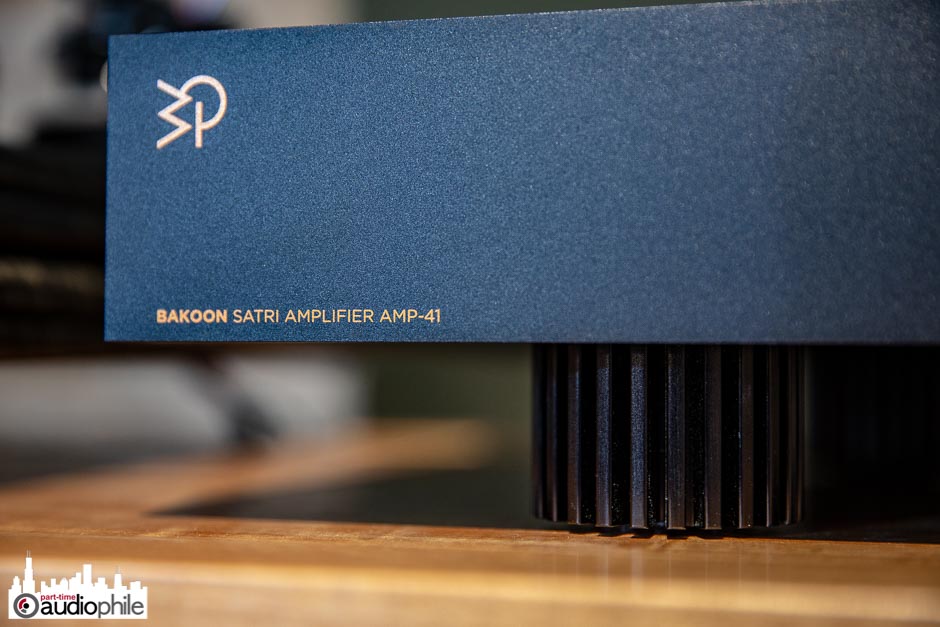
Summing it all up
 I just don’t quite know what to make of the wonderful Bakoon Amp-41. It’s an odd bird. Unassuming in appearance, it packs a big punch, especially at a rating of only 50 watts per channel. It’s expensive and elegant in expression, though one must turn a blind eye the cheap remote. The Amp-41 is breathtakingly honest in its speed, transparency, and resolution. Listening to it really does remind me of looking at a green landscape through an open window on a sunny day.
I just don’t quite know what to make of the wonderful Bakoon Amp-41. It’s an odd bird. Unassuming in appearance, it packs a big punch, especially at a rating of only 50 watts per channel. It’s expensive and elegant in expression, though one must turn a blind eye the cheap remote. The Amp-41 is breathtakingly honest in its speed, transparency, and resolution. Listening to it really does remind me of looking at a green landscape through an open window on a sunny day.
I must admit that I have enjoyed my time with the Amp-41 far more than I expected to when I first laid eyes on it at Scot Hull’s place. I was bummed when Scot told me that the amp needed to be returned to its distributor for a show appearance earlier than I had expected. Yes, I did intentionally hang on to it until the last possible moment, but not due to my own slothfulness. I truly did enjoy it enough that I didn’t want to part with it. Perhaps at another time, the Bakoon Amp-41 and I can find an excuse to become re-acquainted. I’ll look forward to it.
In short, I will not forget the Bakoon Amp-41 anytime soon.
Bakoon Amp-41: $9000
Specifications
| Maximum Power Output | 50 watts in Stereo (8 Ω, 1 kHz) |
| Gain | 23 dB max. |
| Gain Control | MPU Controlled 50 Stepped Attenuator |
| Frequency Response | 10 Hz ~ 500 kHz |
| Input | 2 SATRI-LINK (BNC), 2 Voltage (RCA) |
| Input Impedance | 3.68 Ω (SATRI-LINK), 100 kΩ (Voltage) |
| Output | 5 Way WBT Binding Post |
| User Interface | Encoders Encoder with a built-in switch, Remote Controller |
| Signal/Noise Ratio (Output Noise) | less than 1 mV (gain at + 0 dB) |
| DC Offset Drift | less than 1 mV |
| Power Consumption | 300 watts max. |
| Dimensions | 425 mm (W) x 345 mm (D) x 103 mm (H) |
| Weight | 15 kg (net), 16.5 kg (shipping) |

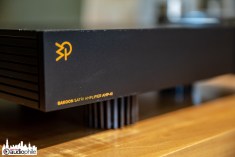
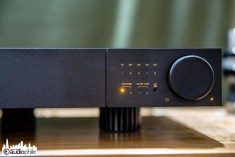
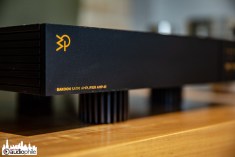
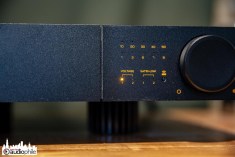
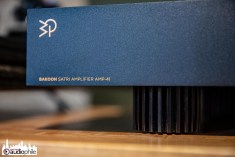


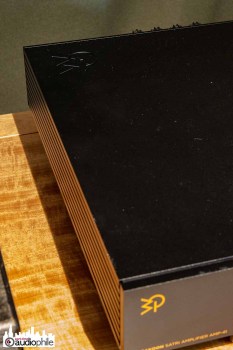


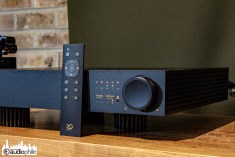

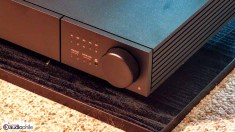
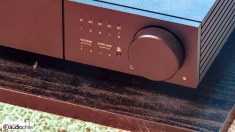

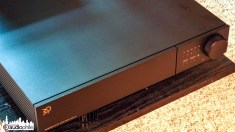

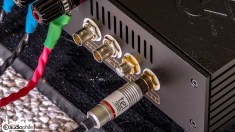
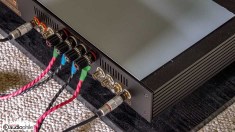
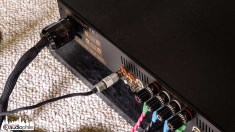
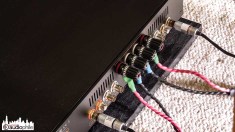
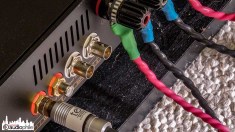
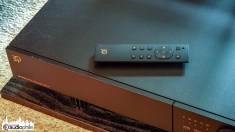
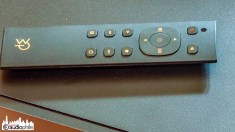
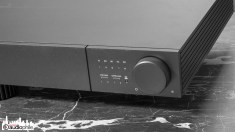
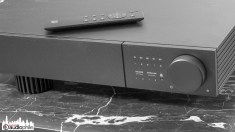
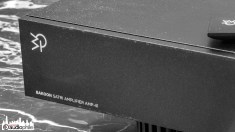
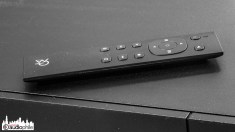
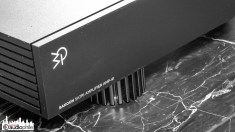
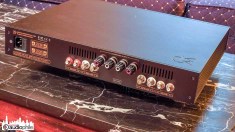
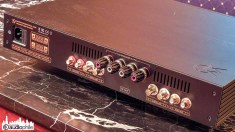
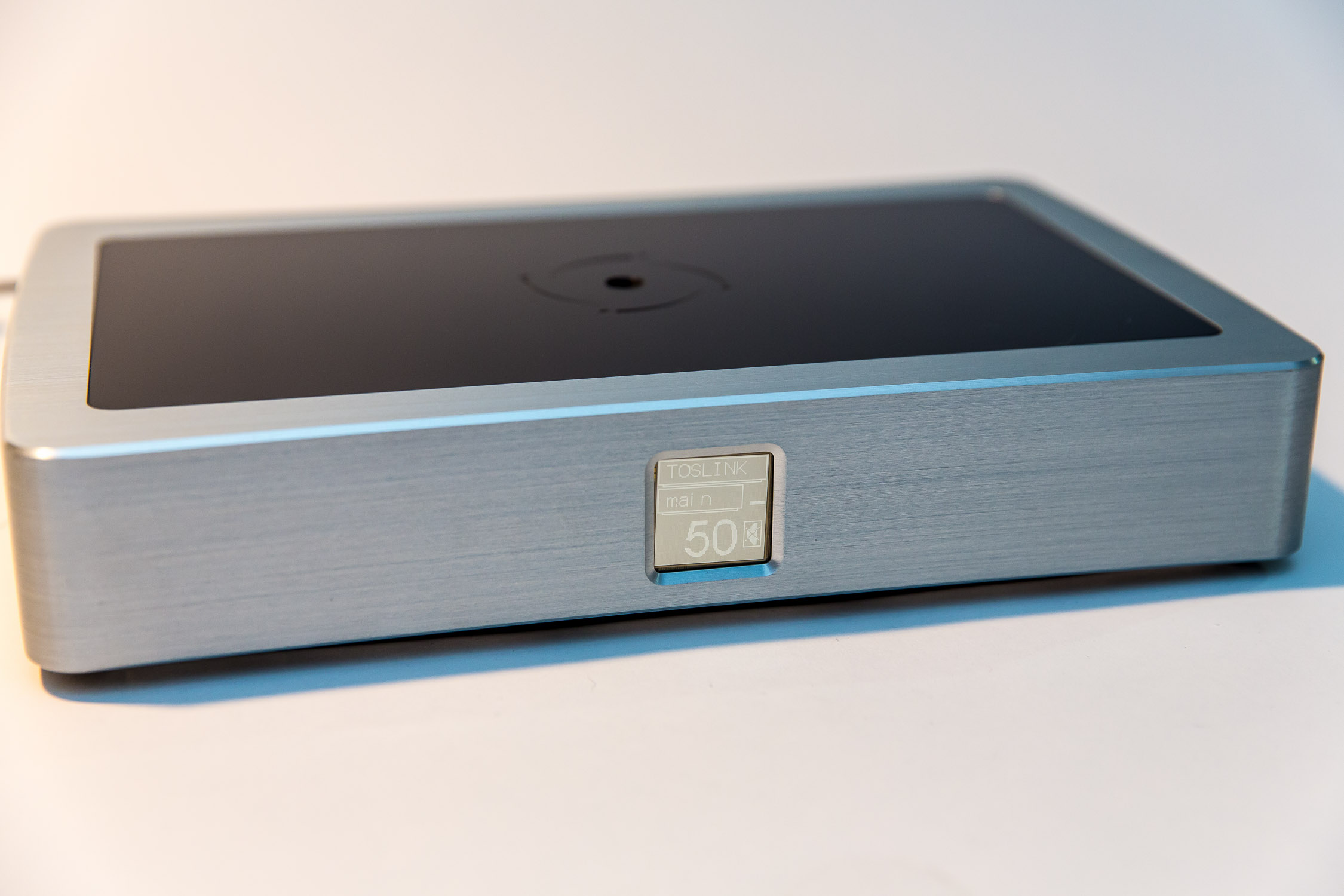

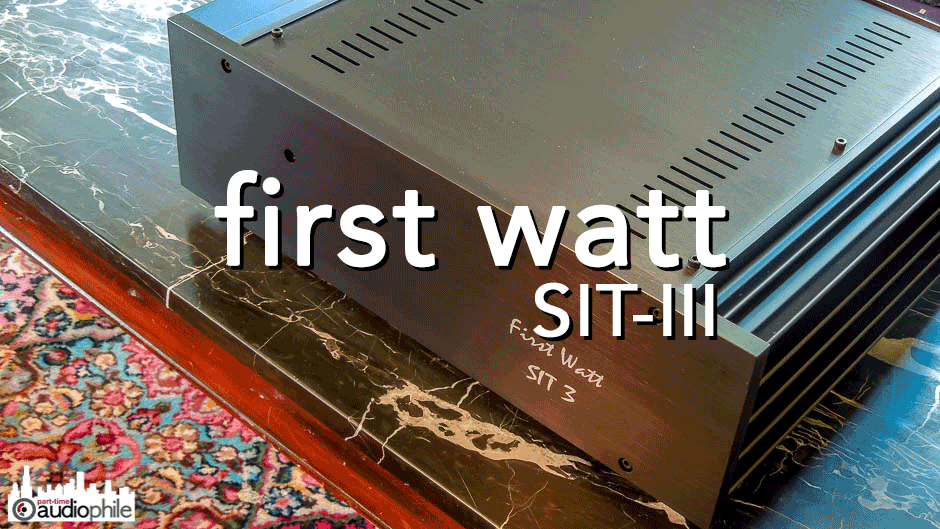
1 Trackback / Pingback
Comments are closed.